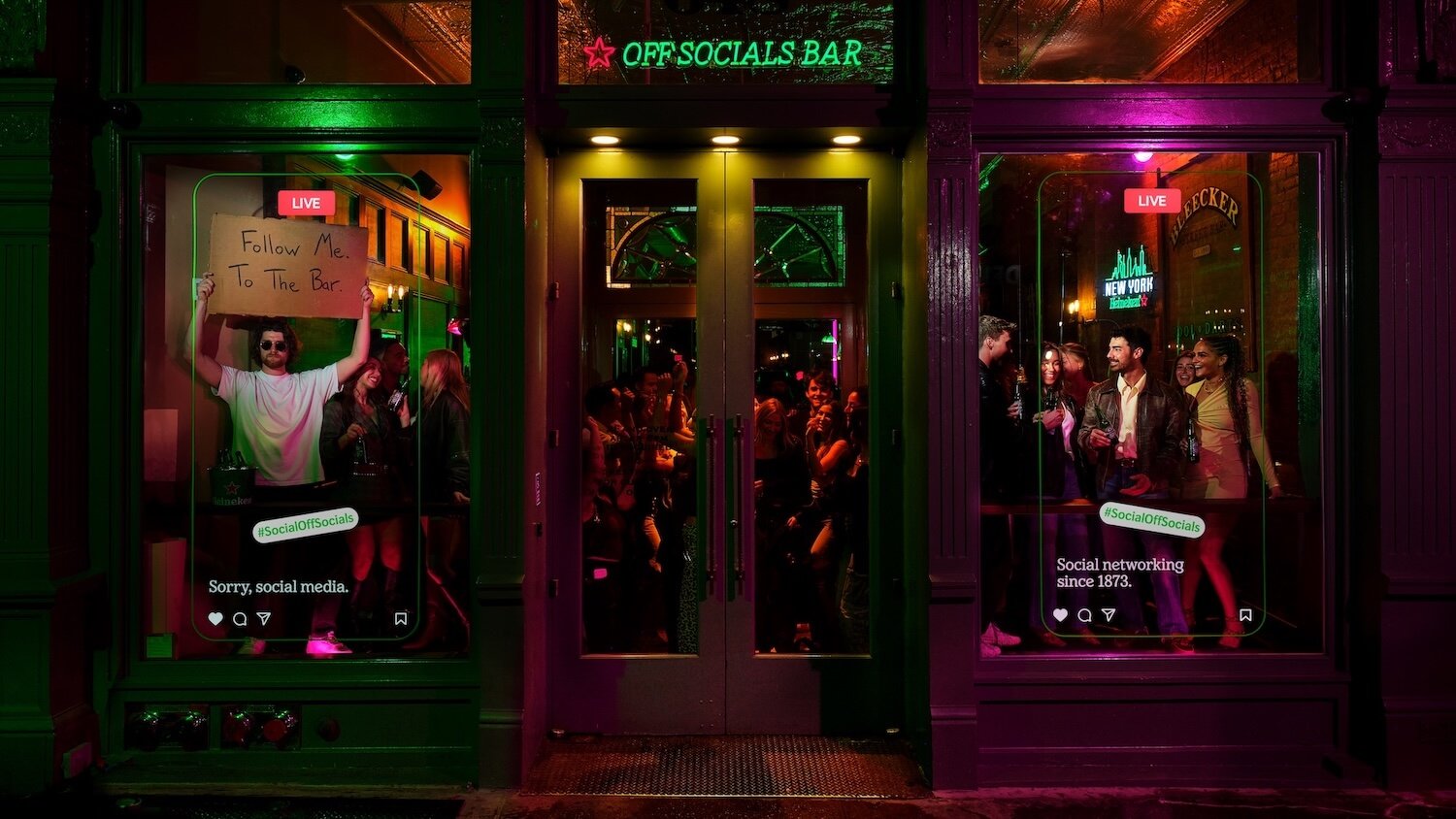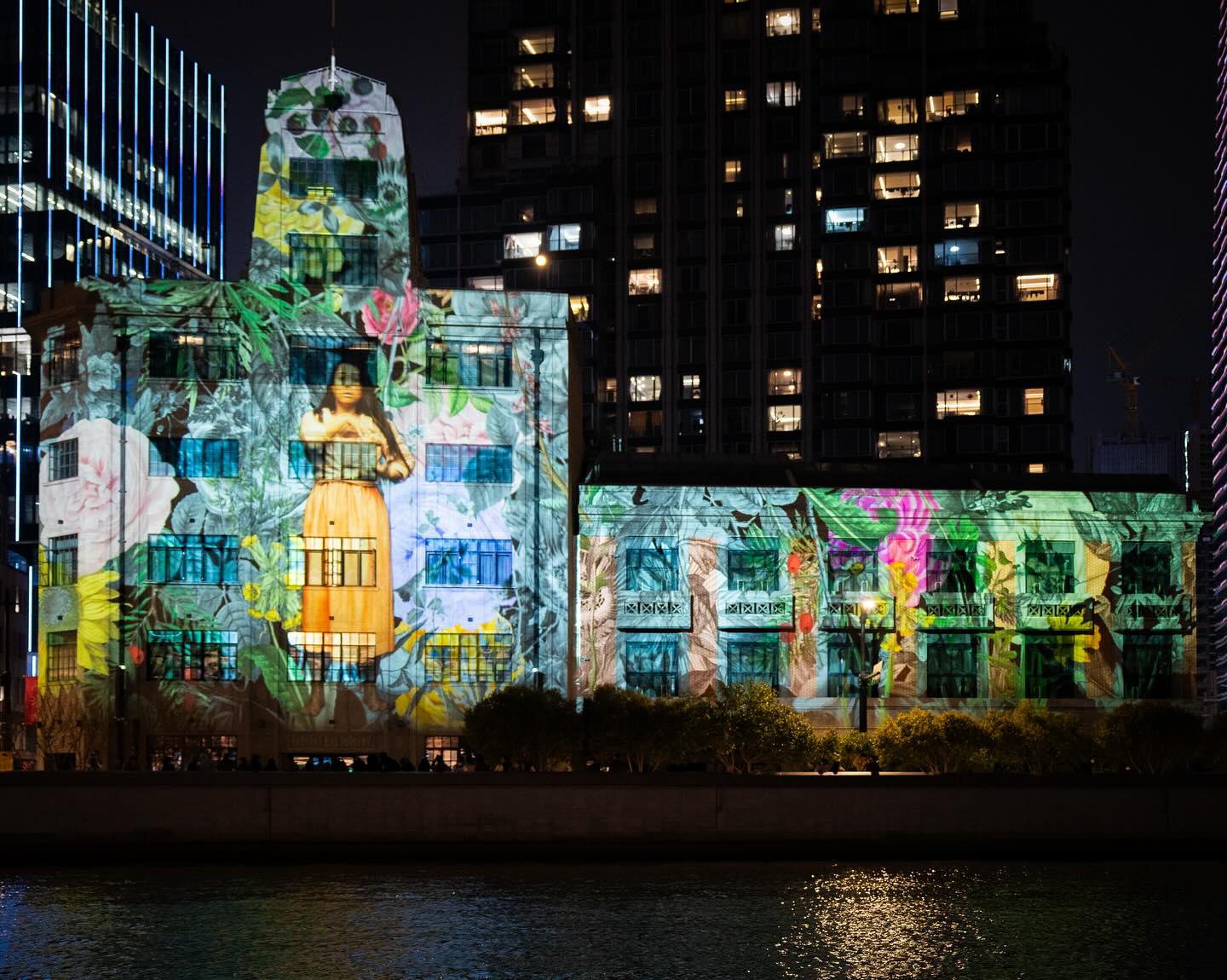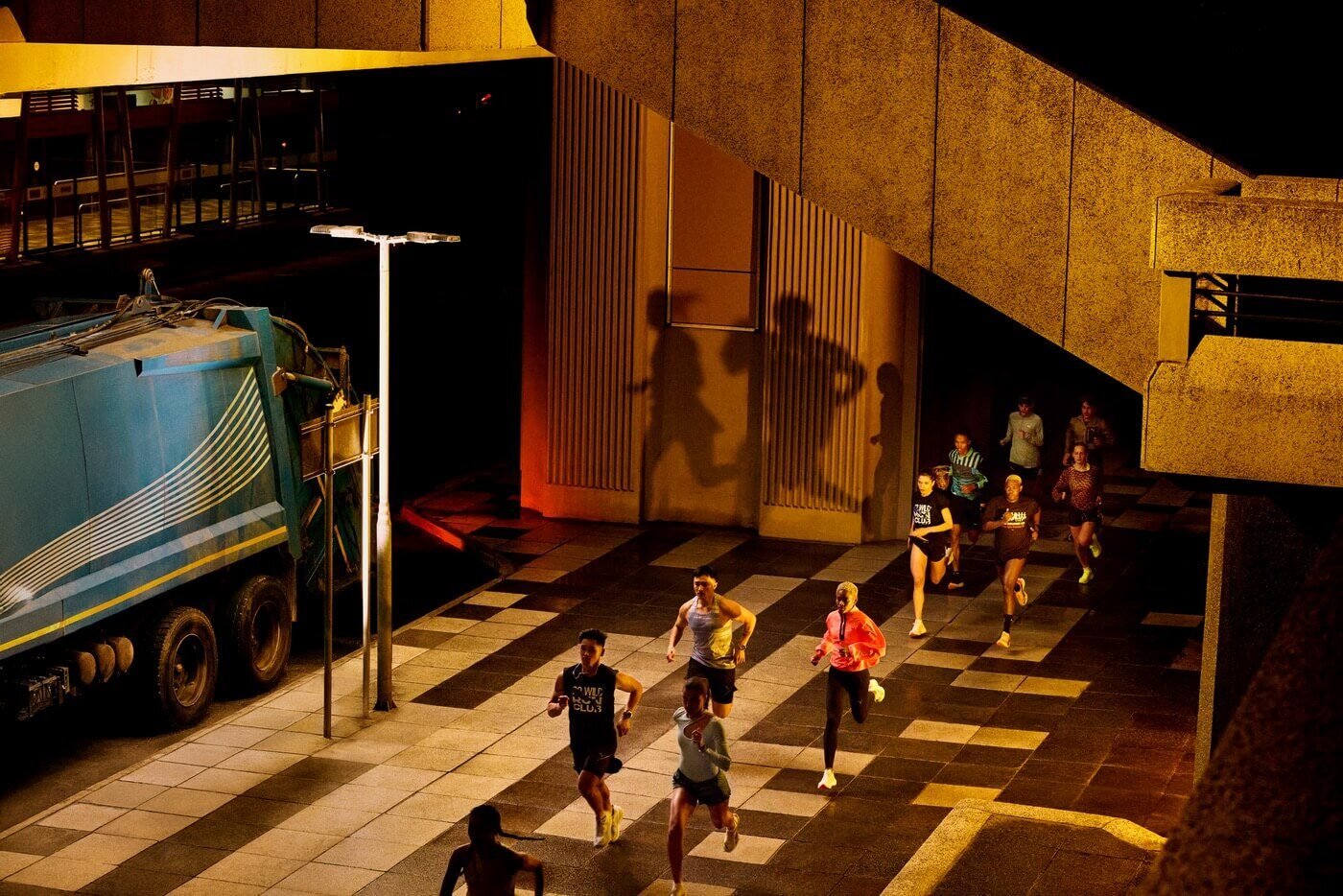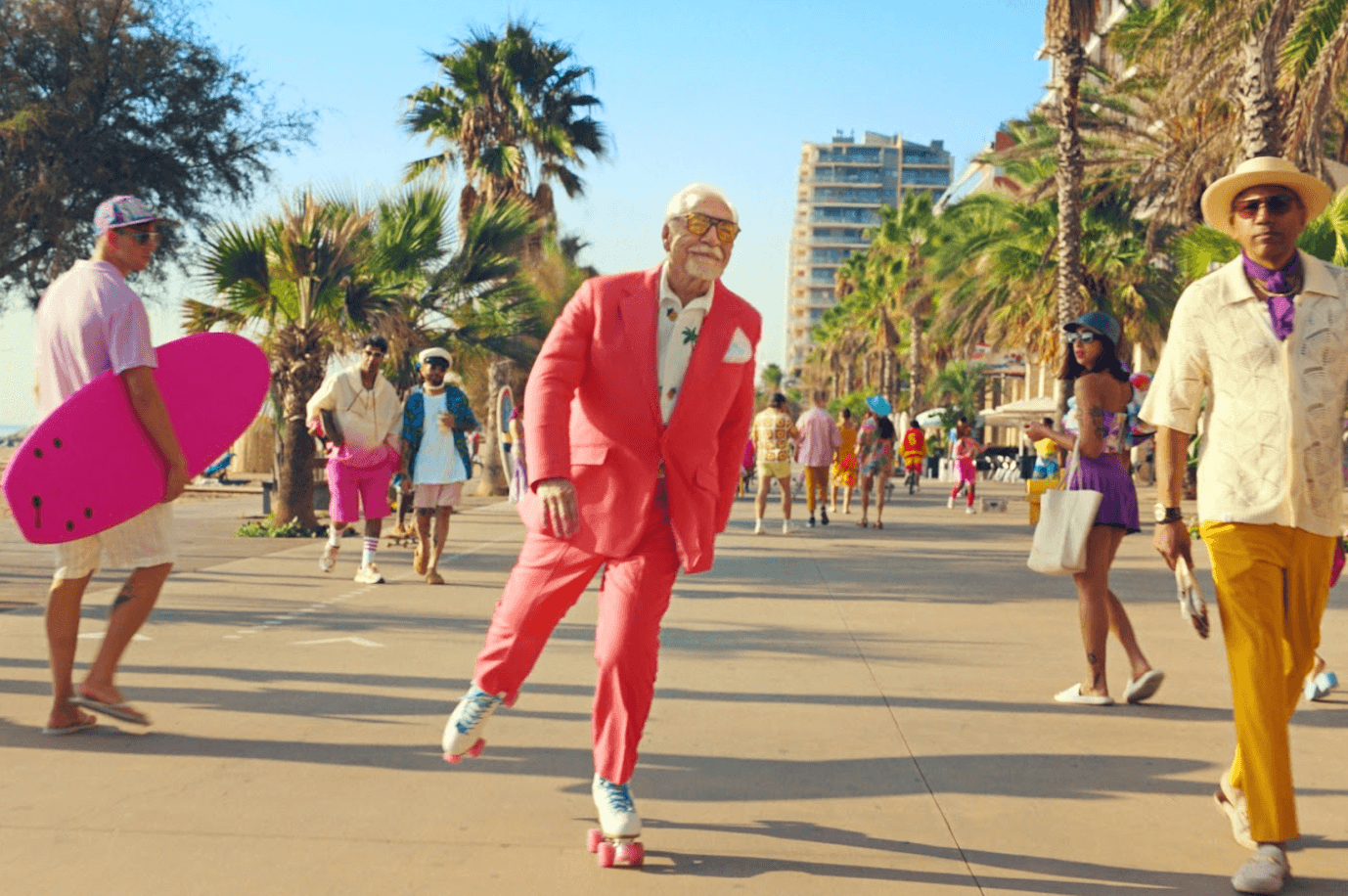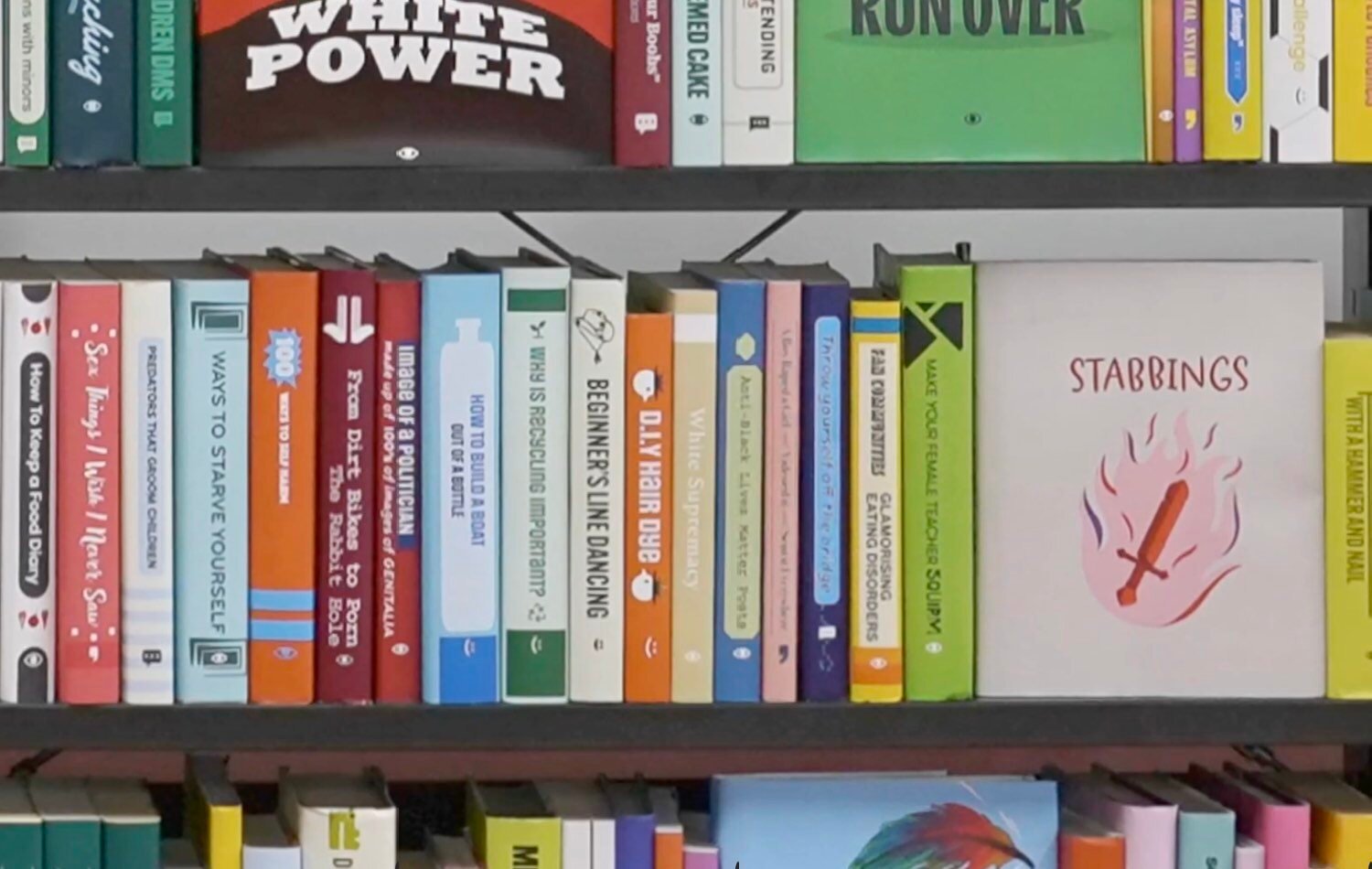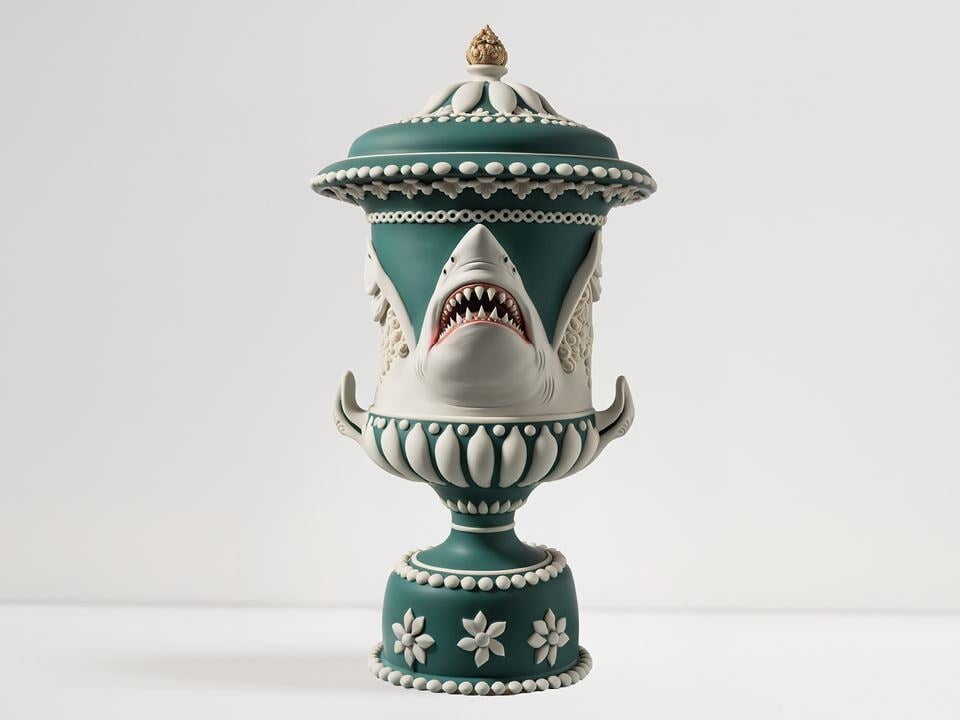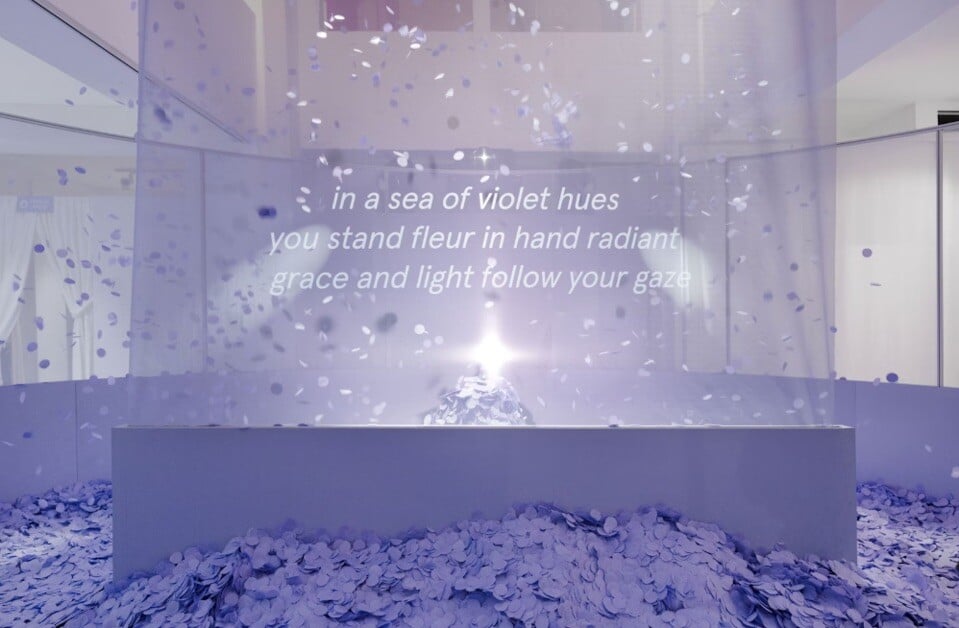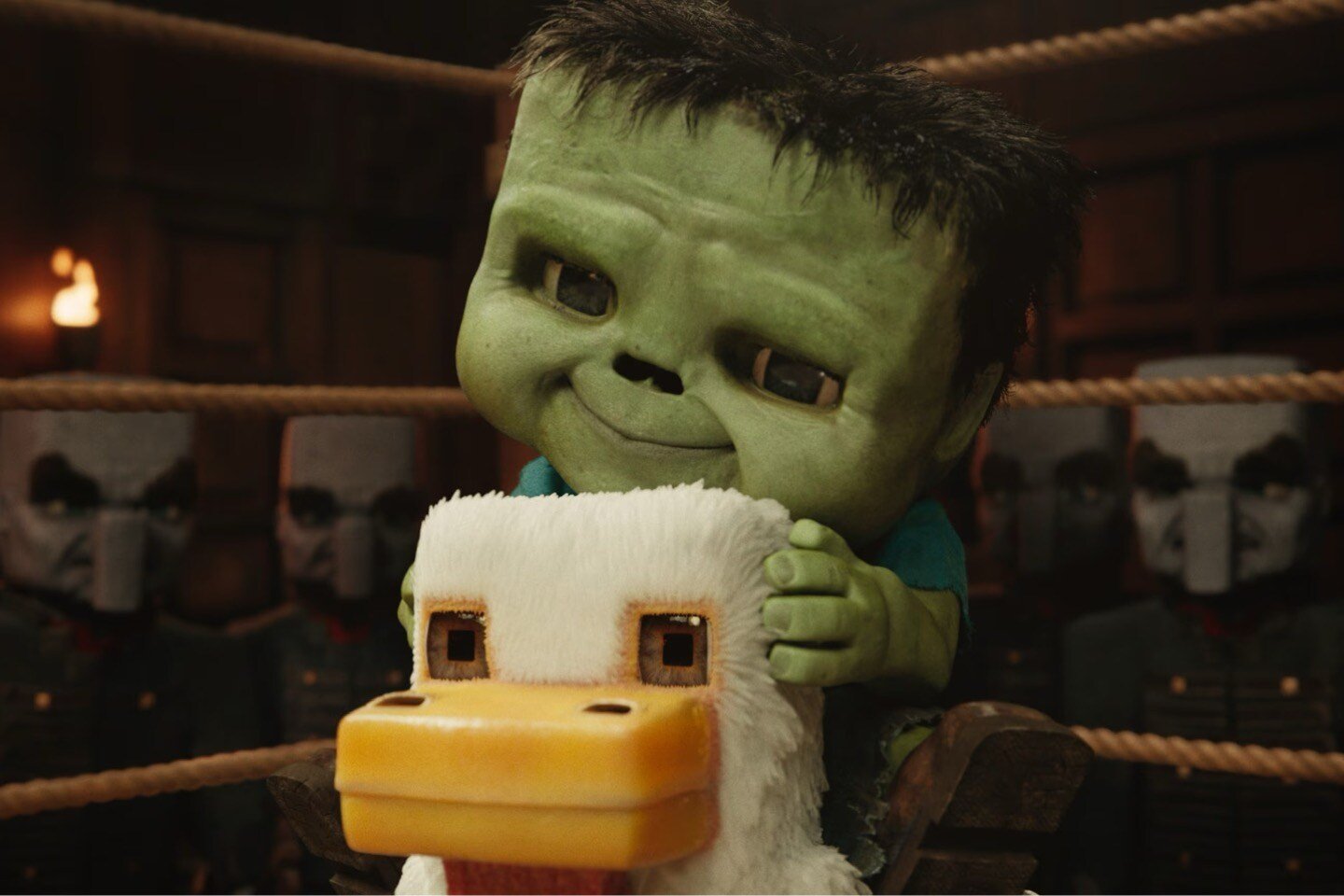Fusing healthcare and residential architecture, traditional herbal medicine brand Saishunkan Pharmaceutical has unveiled Positive Age House, a home designed to enhance the body's self-healing capabilities. Developed in collaboration with building company Lib Work, the concept stems from Saishunkan's observation that Japanese people spend approximately two-thirds of their lives at home, making living environments crucial determinants of health outcomes.
Rather than relying on technology, Saishunkan has applied its expertise in traditional medicine to create living spaces that stimulate the body's innate recovery mechanisms. Key features include a circadian lighting system that adjusts color temperature throughout the day to maintain biological rhythms, textured 'ripple flooring' that stimulates foot pressure points, and deliberate floor height differences that compel residents to exercise their joints as they move from one space to the next.
WHY A HEALING HOME?
Healthspan over lifespan
People increasingly care less about just living longer and more about living well for longer — physically, mentally and emotionally.
Post-pandemic revaluation of the home
After forced time indoors, people realize their immediate surroundings deeply impact their mental and physical well-being.
Shift from passive to proactive health
Health isn't just about medicine or hospitals; it's about everyday lifestyle choices, like movement, light exposure, diet, and now, one's home.
More nature, less tech
While technology brands push smart homes, the Positive Age House represents a counter trend of returning to nature, focusing on sunlight, airflow, wooden floors, circadian lighting and natural materials. (Related: the ultrarich are unplugging from smart homes.)





